Methods of absolute (direct and chronometric) age determination : Part 3 - Dendrochronology or tree-ring dating and Obsidian hydration
Methods of absolute (direct and chronometric) age determination : Part 3 - Dendrochronology or tree-ring dating and Obsidian hydration
Dendrochronology or tree-ring dating
The dendrochronological method of age determination is based on the study of circles of growth in trees (Greek: dendron = tree). When regular annual climatic cycles occur - heat alternating with cold, dryness with dampness - a tree produces one circle of growth (tree-ring) per year. This circle of growth consists of two parts:
~ one part that has large cells with cells within thin cells-walls (this is an indication of rapid growth in the warm or damp season).
~ one with small cells with thick cell-walls (this is an indication of slow growth in the cold or dry season).
These circles of growth can easily be distinguished in most trees and give some indication of the age of a tree. The width of the circles in a particular tree will not always be the same, however. They become narrower as the tree gets older. Differences are also caused by climatic changes and the actual methodological value of dendrochronology in the calculation of the age of archaeological finds is dependent on this particular phenomenon.
If climatic changes did indeed take place in the course of centuries in a particular area, it would be possible to trace them by studying the differences in the width of circles of growth of both young and old trees. Trees which belong to the same species will reveal similar differences. From a study of a large number of young trees it is possible to determine the differences in the thickness of the various rings of growth. These differences are then correlated with those revealed by older trees. It is not necessary to fell a tree in order to examine and date the growth rings - core samples may be taken from living trees. It then becomes possible to determine the age of older trees by a system of cross-dating. This method enables us to obtain what is known as the living sequence. The next step is to link the living sequence with the rings of growth in wood which has been used in the construction of old buildings, by what is known as the bridge method. This wood is known as historical wood (that is, wood found in structures of which the age is known). The rings of growth of this wood are, in their turn, linked with those of the pre-historic wood. It is possible to establish a direct chronology in this way and to determine the age of archaeological "documents" (eg: buildings and objects found in association with them).
The scientific principles on which this method is based
~ Dendrochronology is an absolute form of dating archaeological sites. It determines age on a specific time-scale or in definite units of time, as in years before present. It is based on the growth rings that can be seen in a cross-section of wood and has been used to date wooden artefacts or structures on archaeological sites up to 8000 years old.
~ The rings seen in a cross-section of a piece of wood are growth rings laid down every year by trees during their growing season.
~ Normally one ring is laid down by a tree every year. They are visible because at the beginning of growth season, when the tree is growing fast, the cells laid down are large within thin walls, while as the season goes on the cells become smaller and thicker walled. Dendrochronologists use trees that are climatically sensitive and from areas where regular annual seasonal change occurs so that clear cycles can be seen in the rings. If the date when the tree was chopped down is known, then the patterns in the tree's can be dated.
~ These rings become smaller as the tree grows older. This change and, in particular , differences in the width of rings due to climatic changes (warm and cold, wet or dry) over the years is the basis for this dating method.
~ Trees of the same species are used to build up a tree-ring chronology. Climatic changes over a long period can be identified from the variations in ring width of both young and old trees. A large number of young trees are studied to identify these variations. Through a process of comparison between the rings in trees of known age and old trees, it is possible to date to date climatic events seen in the rings in the old tree. This process is called cross-dating and gives the dendrochronologist a living sequence. The next step uses the bridge method to match patterns in rings of known time periods with patterns in rings in wood used in dated historical structures. This takes the sequence even further back. Growth rings in this sequence can then be matched with rings found in wood , found on archaeological sites. Wood which belongs to trees of the same species can be analysed and the tree-rings compared with the standard sequence to arrive at an absolute date.
~ Note that the archaeological tree-ring date refers to the date the tree was felled and not necessarily to the date when the wood was used. For example, recycled wooden beams may be much older than the buildings in which they were finally used.
Dating procedures and the limitations of the method
Dendrochronology is an absolute or chronometric dating technique. It dates actual archaeological artefacts within a specific time period. Each sequence is only useful in a particular area and for a specific type of wood as the patterns are dependent on climate and on the reaction of the trees to climatic change. It is also necessary to build up sequences for wood commonly found on archaeological sites.
The collection of datable archaeological samples
Dendrochronology is particularly useful for dating sites where wood has been used in the structure of buildings. Firewood is also useful for tree-ring dates. A cross-section of the wood is taken for analysis of the rings. If the wood is delicate, shellac (a type of resin used like a varnish) or paraffin is used to preserve it. The samples are then prepared in the laboratory. It is important to remember that the wood used in structures may have been cut prior to building the structure that you want to date or it may have been used to build a previous structure. It is therefore best to use a range of samples from around the site.
Examples of application to archaeology
~ Dendrochronology has been particularly successful in Arizona for dating the pueblos built by prehistoric Indians in the south west of the United States (they used wood in the construction of the pueblos in Arizona). It has also been used in Britain to date Roman fortifications and other European countries where the climates are variable and the trees live a long time. In Germany to it is increasing applied.
~ In Southern Africa, archaeologists have applied this technique to common yellowood (Podocarpus falcatus) to reconstruct rainfall patterns in Kwa - Zulu Natal during the Iron Age.
Calibrating radioactive dating
Dendrochronology has been vital in calibrating radiocarbon dating this technique one of the most reliable available to archaeologists.
Obsidian hydration
Another method of direct age determination is connected with the dating of obsidian, a volcanic glass that has been used for stone implements and also for ornaments and decorative purposes. This method has been developed by I.Friedman and R.L Smith since 1958 and is still at an experimental stage.
The method is based on the observation that the freshly made surface of obsidian absorbs water from its surroundings, a thin layer of hydration. This layer forms at a certain speed and by measuring the thickness of the layer we can make deductions as to the age of the artefact itself. The reliability of this method was tested on specimens of known age, and it was then discovered that the rate of hydration depends on the atmosphere or soil temperature and that different kinds of obsidian (with differences in chemical composition) have different rates of hydration.
To all of my dear readers CONGRATULATIONS to each and everyone of you, we have completed the foundation phase of our knowledge in respect to Archaeology!!!!
In my Posts to follow we will start going deeper into the Different Ages in Archaeology....
Thank you for reading
References: Renfrew & Bahn
Fagan
Hall 1976
Please Follow me for more on Archaeology and History.
Please check out my other posts:
Methods of absolute (direct and chronometric) age determination : Part 1 - Radiocarbon or 14C Method
Methods of Relative (Indirect) Age Determination used in Archaeology : Part 3
Methods of Relative (Indirect) Age Determination used in Archaeology : Part 2
Methods of Relative (Indirect) Age Determination used in Archaeology : Part 1 - Introduction
The Preservation of an Archaeological Site : Part 2
The Preservation of an Archaeological Site : Part 1
Discovering your own Archaeological Site : Part 3
Discovering your own Archaeological Site : Part 2
Discovering your own Archaeological Site : Part 1
Archaeological Sealed Sites and River Deposits : Is it an Archaeological Site or Not? - Part 3
Caves, Rock Shelters and Larger Open-Air Sites : Is it an Archaeological Site or Not? - Part 2
Is it an Archaeological Site or Not? - Part 1
Understanding the Archaeological Record : The Aims and Subject Matter of Archaeology - Part 2
The Aims and Subject Matter of Archaeology - Part 1
Archaeology and the Natural Sciences
Introduction to Ethnographic Analogy and Ethnoarchaeology
The Nature and Scope of Archaeology
The Three - Age System : The Stone Age, The Bronze Age and The Iron Age
The Roots of Modern Archaeology
Significant 18th and 19th Centuries Discoveries in Archaeology
Archaeology as a Profession- Part 2
Archaeology as a Profession- Part 1
To Become or Not Become an Archaeologist? - Introduction to Archaeology Part 2
Please Upvote and Resteem.
Thank You!
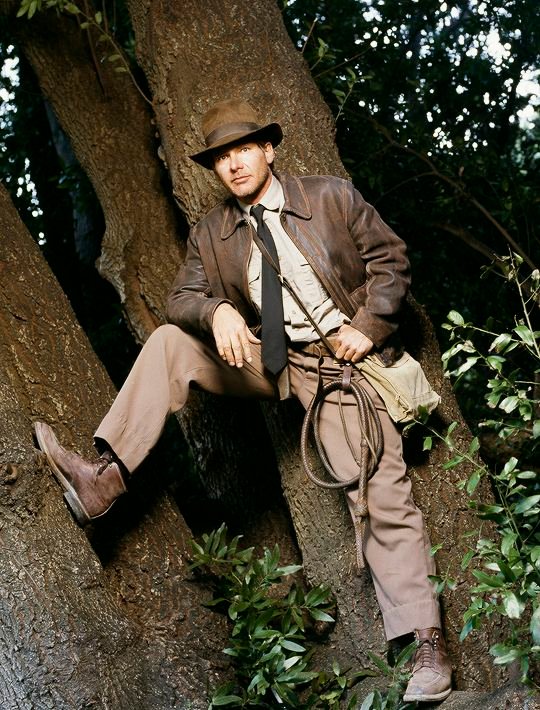
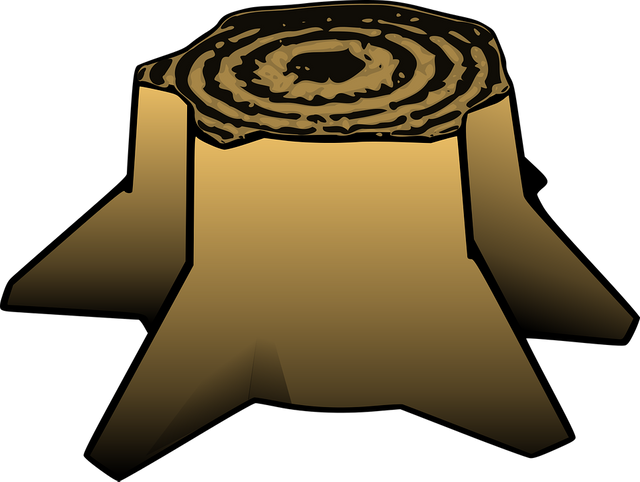
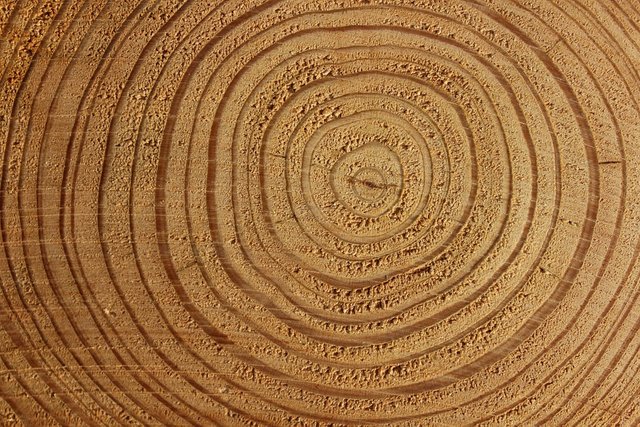
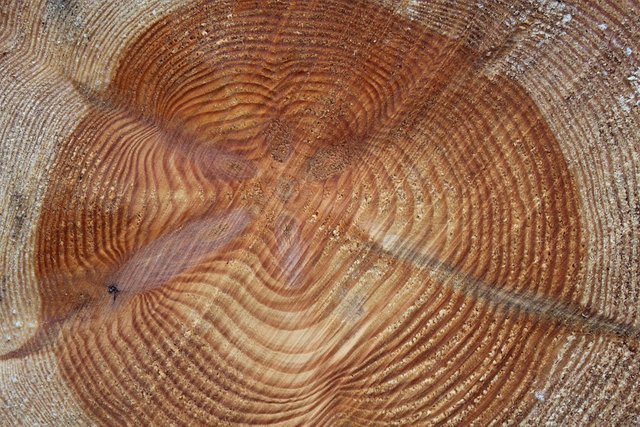
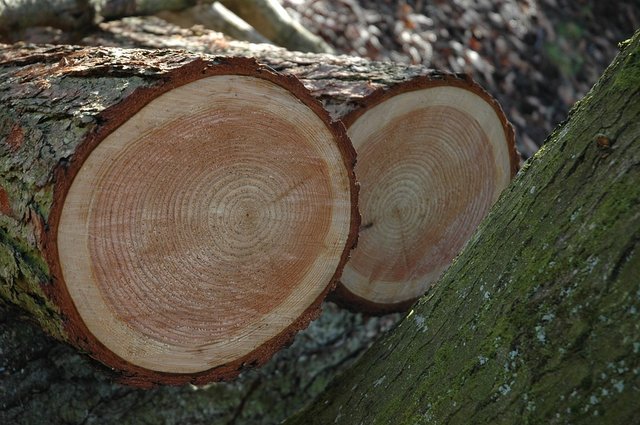
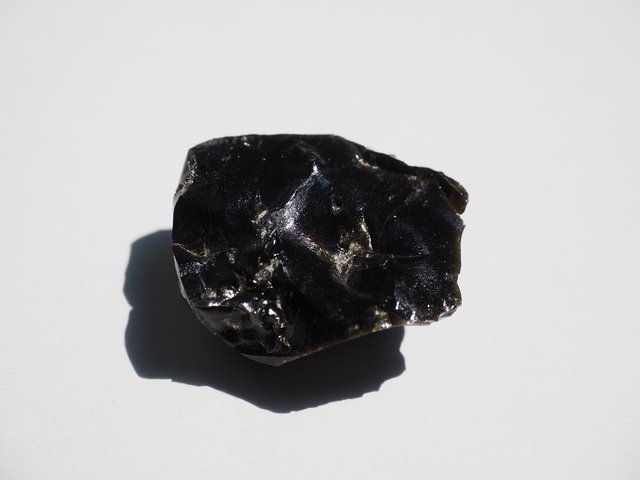
this shit deserves a randowhale!
Hi @trumpman, You Rock!!!!!!!!!
😍😍😍😘😘😘
Upvoted and Resteemed by xx-votesplus, the dropAhead curation team!
Do you want more earnings?
By doing things above you will give us more STEEM POWER (SP) to give YOU more earnings.
Keep up the good work!
Most recent post: Moving #25_votes_plus to Discord
Hi @mandolincarls, Thank you so much for curating my post! I hope you are well.
Is there any other stone that could be used like obsidian for datation?
Hi @lemouth!!!!!
In my personal knowledge in relation to archaeology , we can used volcanic sediment and obsidian. Thank you so much for the question, support and comment!!!!!!
My pleasure! Thanks to you for writing so many nice posts!
Thank you @steemiteducation!
Great. Thanks for sharing. I'm starting to follow you.
Congratulations @zest! You have completed some achievement on Steemit and have been rewarded with new badge(s) :
Click on any badge to view your own Board of Honor on SteemitBoard.
For more information about SteemitBoard, click here
If you no longer want to receive notifications, reply to this comment with the word
STOPThis post has received a 0.18 % upvote from @drotto thanks to: @banjo.
Congratulations @zest! You have completed some achievement on Steemit and have been rewarded with new badge(s) :
Click on any badge to view your own Board of Honor on SteemitBoard.
For more information about SteemitBoard, click here
If you no longer want to receive notifications, reply to this comment with the word
STOP